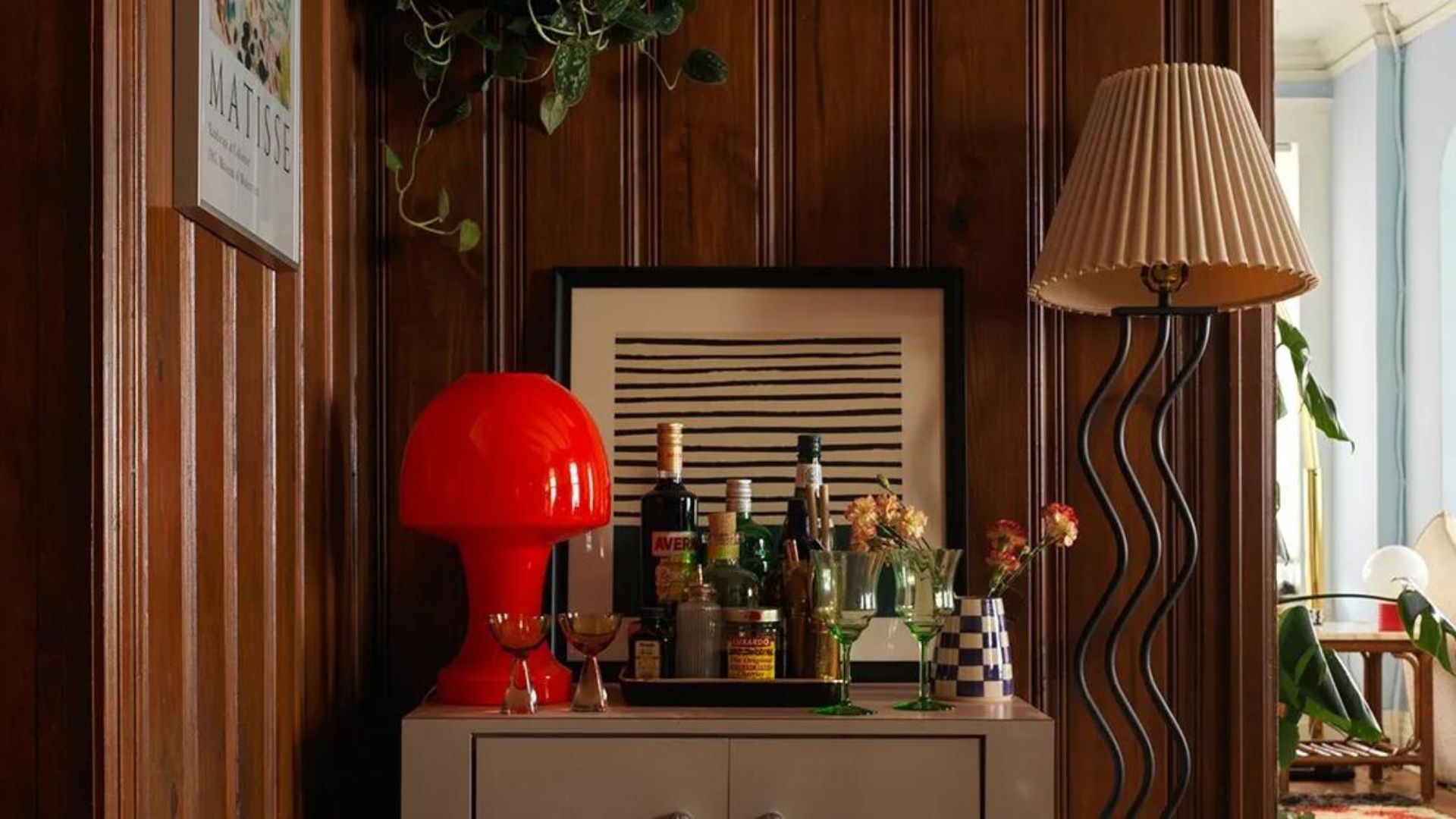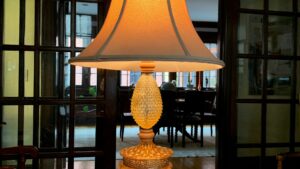
What Are Vintage Lamps Made Of?
Vintage lamps hold a captivating charm. They whisper stories of times gone by, adding a touch of character and warmth to any space. But beyond their aesthetic appeal lies a fascinating world of materials and craftsmanship. Understanding what vintage lamps are made of can not only aid in identification but also enhance your appreciation for these timeless treasures. This guide looks into the most common materials used in antique lamps, exploring their characteristics and the eras they typically hail from. So, buckle up as we embark on a material odyssey through the captivating world of vintage lamps!

Metals in Vintage Lamps
Metals have played a significant role in the construction of antique lamps throughout history. Here’s a closer look at some of the most prominent metallic players:
Brass
A timeless favourite, brass offers a warm, golden hue that develops a rich patina over time. Vintage lamps from the Art Deco and Mid-Century Modern eras frequently incorporated brass for their elegance and durability.
Bronze
Slightly darker than brass, bronze adds a touch of sophistication to vintage lamps. Often used in Art Deco and Mission-style lamps, bronze can develop a beautiful green patina with age.
Chrome
Sleek and modern, chrome became a popular choice in the Mid-Century Modern and Art Deco periods. Its reflective surface adds a touch of glamour and pairs well with geometric shapes and clean lines.
Iron
Other Metals
Glass in Vintage Lamps
Glass plays a multifaceted role in vintage lamps, acting as both a structural and decorative element. Here are some of the most common types of glass encountered:
Milk Glass
This opaque white glass diffuses light beautifully, creating a soft and warm glow. Milkglass shades were particularly popular in the Mid-Century Modern and Art Deco eras.
Slag Glass
Composed of multicoloured glass chips fused, slag glass creates a distinctive marbled appearance. Slag glass lamps were prevalent during the Arts and Crafts movement and the early 20th century.
Hand-Blown Glass
This traditional technique results in unique variations in thickness and texture, adding a handmade touch to vintage lamps. Tiffany lamps, known for their stained glass artistry, are a prime example of hand-blown glass.
Clear Glass
Simple and versatile, clear glass allows the full illumination of the bulb to shine through. Clear glass shades were often used in industrial-style lamps and nautical-themed designs. Additionally, the colour, clarity, and decorative patterns on the glass can provide valuable clues about the style and potential age of your vintage lamp.








